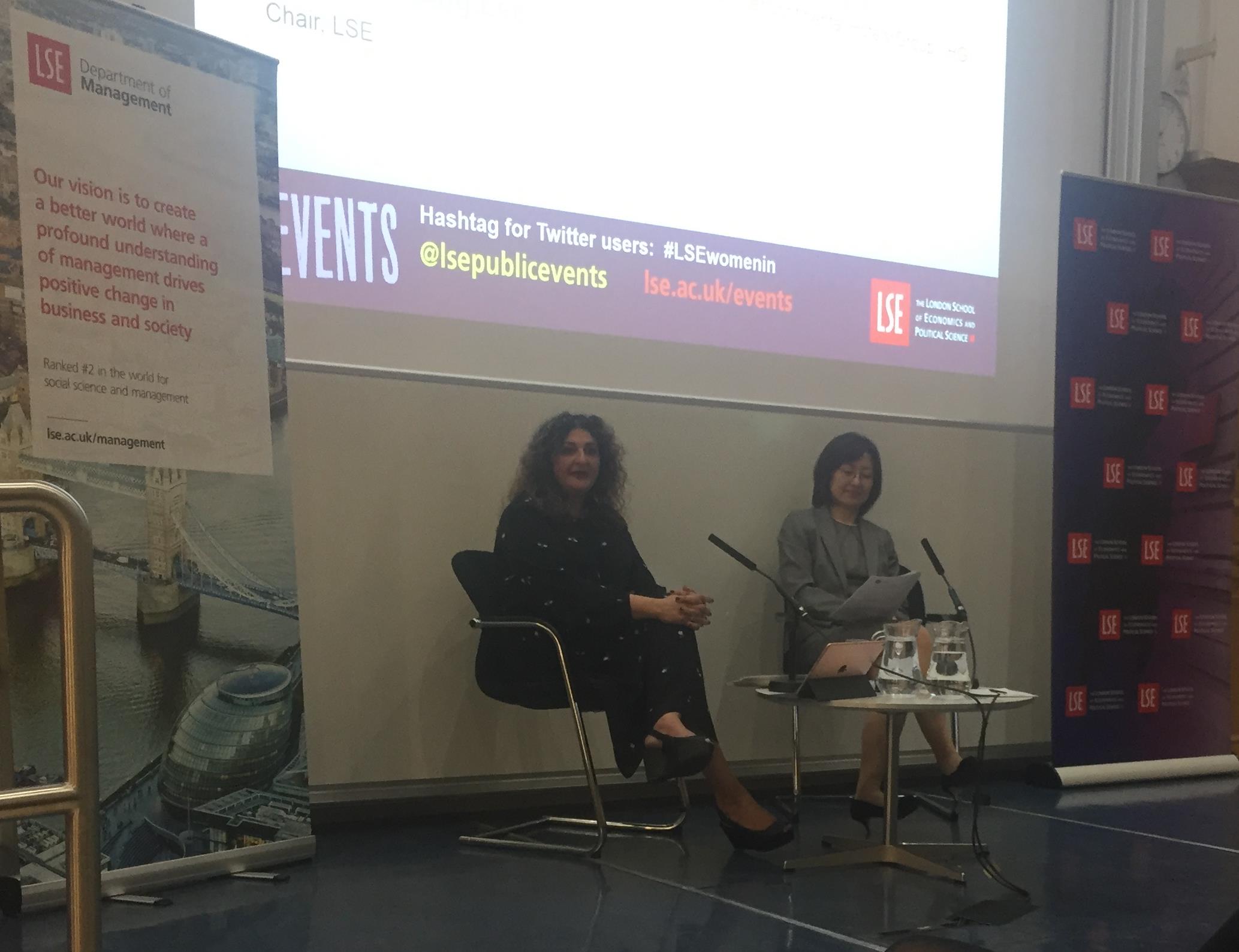What’s the first thing that comes to your mind when you hear ‘risk management’? A finance employee offering expensive advice to a company? A captain commanding his crew and his ship in the middle of the ocean? Or yourself, at the beginning of your career, trying to minimise the risk of failing your courses and maximising your chance of finding a job? Risk creeps across all boundaries of our daily, academic and professional lives. In a sense, we are all de facto risk managers; we have no choice but to manage risk. The question is how can you become a risk leader. This is what Andrew Griffiths urged us to do, converting one hour of what would otherwise be a boring risk management session, into a storytelling adventure containing captains, designers, architects, policemen, consultants and, finally, black swans.
‘Is risk a positive or negative term?’, Griffiths asked the audience, but only a minority admitted seeing risk as a positive concept. However, we think it is both. If most people consider risk as an unsettling state of affairs, why do they engage in activities that are inherently risk-‐prone? Consider the following scenarios. Why would a consultant quit his stable, well-‐paid job to launch a start-‐up? Why would a leading corporation expand internationally or launch a new product in uncharted territories? Why would you choose to invest in a master’s degree at the LSE, where tuition fees are amongst the highest in Europe? All these cases have one thing is common: risk is endured, handled and even instigated when there is the expectancy of reward that will outweigh the ambiguity associated with deviating from the status quo. Focusing on positive risk and looking out for opportunities rather than fearing negative risk is one of the main take-‐aways from Griffiths talk.
Turning to the corporate level, the five-‐step risk model (identify, analyse, map, mitigate, monitor) might be a good, yet oversimplified, tool to approach risk. This is particularly true, in the complex and chaotic world that the 21st century firm operates 1 Thus, the managerial challenge is to deal with the hidden risks pertaining all managerial activities. One viable way to do so is to harmonise the ‘polyphony’ of ideas existing within an organisation. Hence, the manager should listen to the creativity concerns of the designer, obedience principles of the regulator, novel theoretical views of the academician, and competition threats and growth prospects of the consultant. It is precisely this ability to integrate complementary views and utilize them to scan the firm’s environment for threats, that distinguishes risk leaders from risk managers.
However, when the element of risk remains, we should devise ‘out of the box’ strategies to detect it. Here, the concept of ‘weak signals’ comes into play. A weak signal is nothing more than a subtle hint, such as an unexpected natural disaster with massive corporate implications; a ‘black swan’ event. In Griffiths’ view, there is strong human tendency to ignore these signals or underestimate their significance. And that is exactly the managerial challenge; get trained to detect and address them on the spot 2 Although the weak signals approach provides an interesting view to mitigate risks and detect opportunities, we still retain our doubts due to its retrospection; it mentions what should have been identified as a signal, rather than providing a concrete methodology for how to distinguish ‘noise’ from weak signals.
In this context, Griffiths highlighted that it is crucial to be not only a risk manager but also a risk leader. Good leaders are capable of distinguishing the right ‘teachable moments’ to make their points and creating the right amount of ‘I am watching you’ feeling. However, it’s not just the personality of the leader that shapes the organisation’s risk attitude, but also the organisational culture. Therefore, Griffiths left us with the following question: Does culture influence you or do you influence culture?
Naturally, culture is important in shaping people’s behaviour towards risk. For instance, Google, by creating a friendly and relaxing workplace, where employees can wear flip-‐flops and bring their pets, enhances employees’ motivation and creativity, boosting the firm’s performance. On one hand, this might increase the occurrence of mistakes, compared to a more conventionally hierarchical company like IBM, where discipline is fostered. On the other hand, this atmosphere might enhance employees’ ability to detect risks, and most notably encourage them to report them and creatively tackle them.
Overall, Griffiths’ narrative was a magnificent stimulus which made us rethink how we can shape our attitude towards risk as future managers. The managerial challenge, then, is not only to insulate the firm against risk but also create value out of it. A risk leader is like an adept captain that drives his ship out of the waves and commands his crew in discipline and harmony. A captain that is far-‐sighted enough to prevent disasters from arising, while leading his ship in new, unexplored waters that might conceal hidden treasures… but also further hidden risks. Risk then might be more than a ‘beast to be tamed’ but an opportunity to create, innovate, and differentiate. If you still lean towards a traditional risk management approach, maybe participating at Griffiths’ innovative workshop simulating a sinking ship, would convince, or rather ‘force’ you, to feel comfortable with the idea of leading in chaos 3 . Whether you agree with the idea of weak signals leading to black swan events or not, leading in uncertainty is not a talent but probably a prerequisite of the current and future generation of risk leaders.
—
- Alludes to Mintzberg’s view of the manager as a disturbance handler, who has to find his way through dispersed information, distil it and form strategy on an ad hoc basis. – Mintzberg, H. (1975); ‘The Manager’s Job: Folklore and Fact”, Harvard Business Review, 53, 2, pp. 100-‐110.
- Di Maggio, P. (ed.) (2001); The Twenty-‐first Century Firm; Changing organization in International Perspective, Princeton NJ, Princeton University Press.
- Griffiths, A. (2013), Leading in Uncertainty, Coral Leadership Opinion Director Magazine. Available online.
ABOUT THE AUTHORS
This blog was written by students on the two-year Master’s in Management in the LSE Department of Management, Chemsi Bennis, Emma Gavala, Ilgaz Meydan, Hubertus Reinprecht and Lulu Wang, as part of their Capstone Project assessment. It won the award for best blog submission by the programme faculty.






